The book “Digital Signifiers in an Architecture of Information” by Pablo Lorenzo-Eiroa proposes a new critical relationship between computation and architecture by constructing a history and theory of representation in architecture in order to comprehend and liberate potential means of fostering creativity in the field.
In the past, architecture has primarily focused on spatial representation. However, with the advent of computation, new representational paradigms have emerged, comparable to the Renaissance’s revolution of perspective in spatial representations. Today, architects utilize software, robotics, and fabrication tools to design and construct buildings. However, there is a limited understanding of how these tools influence, revolutionize and determine the architecture and its construction. The question arises: why does architecture not contribute more to the conception and development of computational technologies defining spatial representation? This book critically examines the relationship between history, theory, and cultural criticism, providing a deeper understanding of this issue.
Lorenzo-Eiroa positions new comprehensions through parallel historical sections and theories of numerous canons of revolutionary representational architecture displaced by conventional spatial projection. He identifies the architects, artists, mathematicians, and philosophers who revolutionized their respective fields by creating new technologies, systems of representation, and lenses through which to perceive reality. To activate an architecture of information, this book addresses new ways to understand and expand architecture authorship in relation to the survey, information, representation, higher dimensional space, Big Data, and artificial intelligence.
“Digital Signifiers in an Architecture of Information” will be essential reading for advanced architecture and architectural theory students and researchers, particularly those interested in computational design and robotic fabrication.




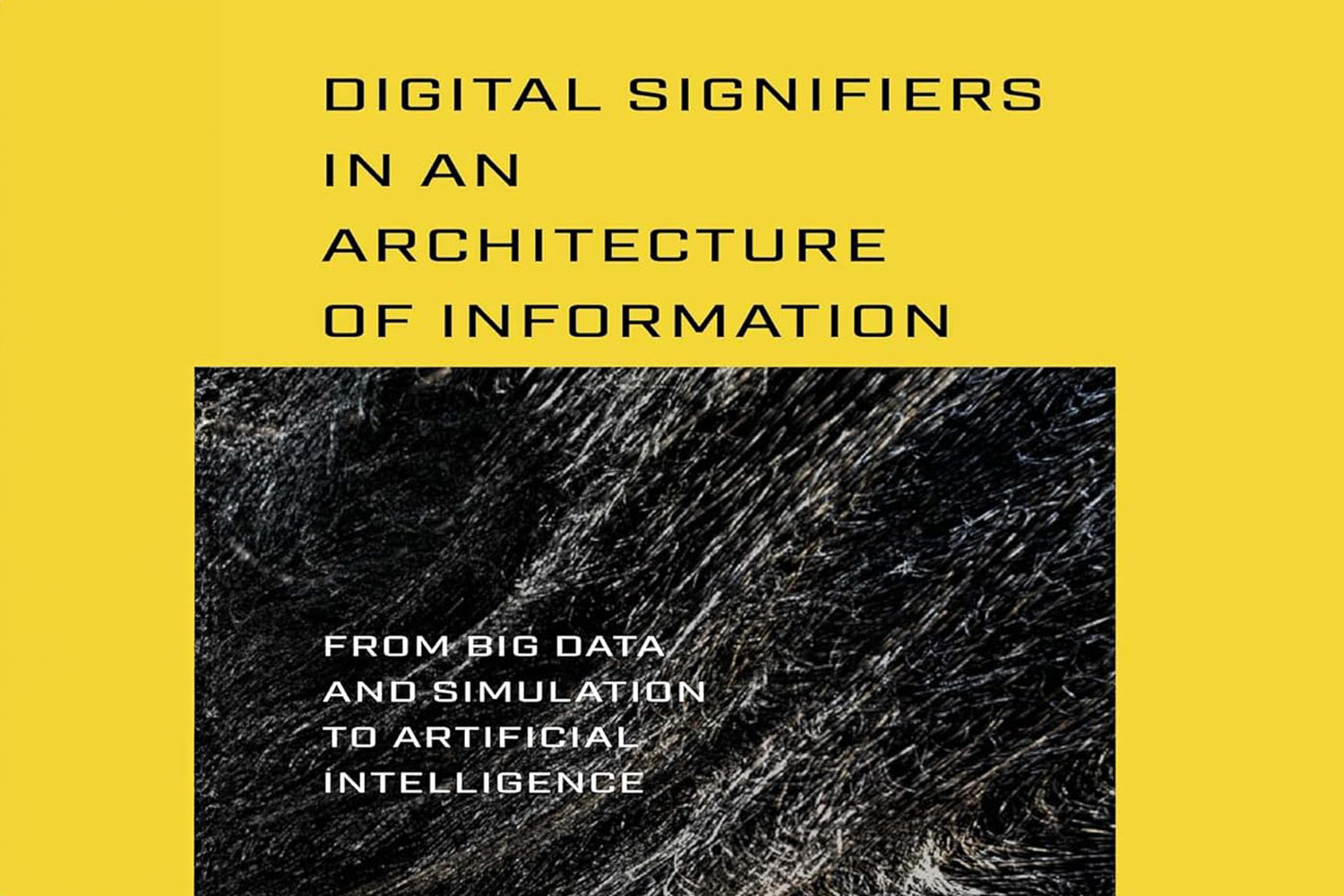
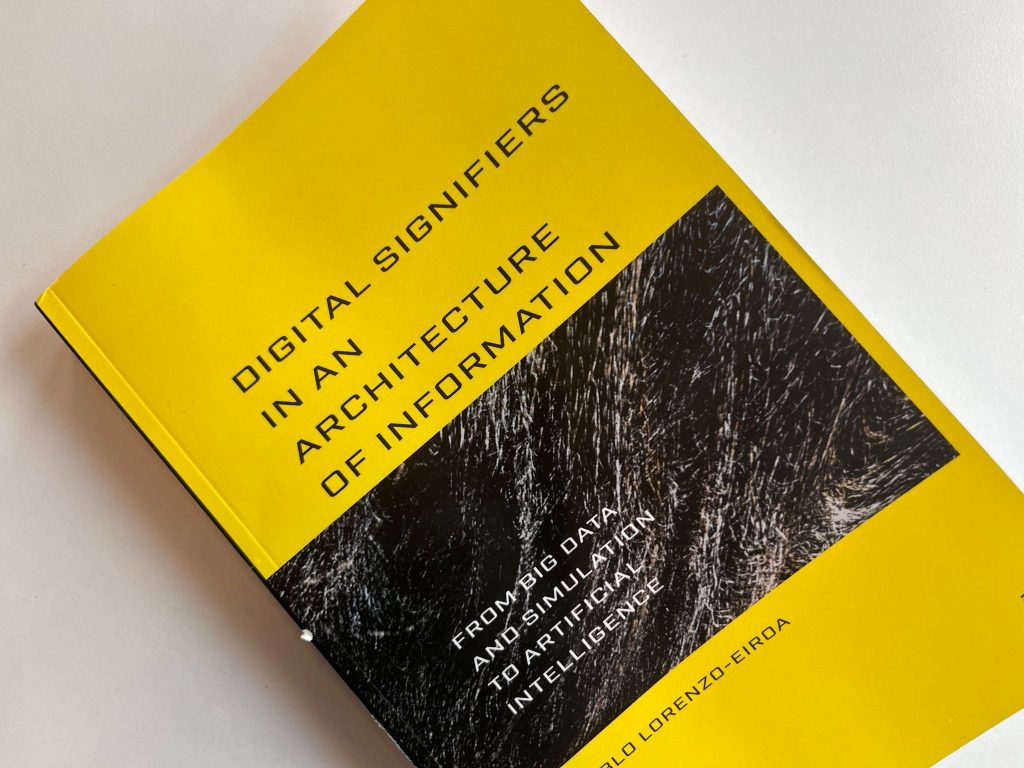
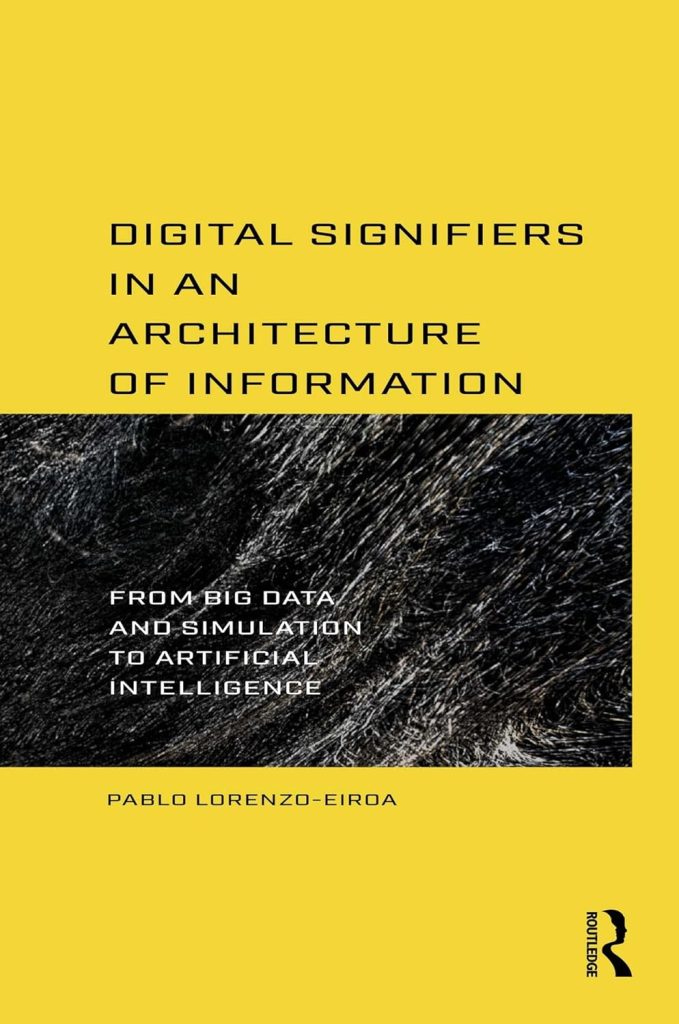


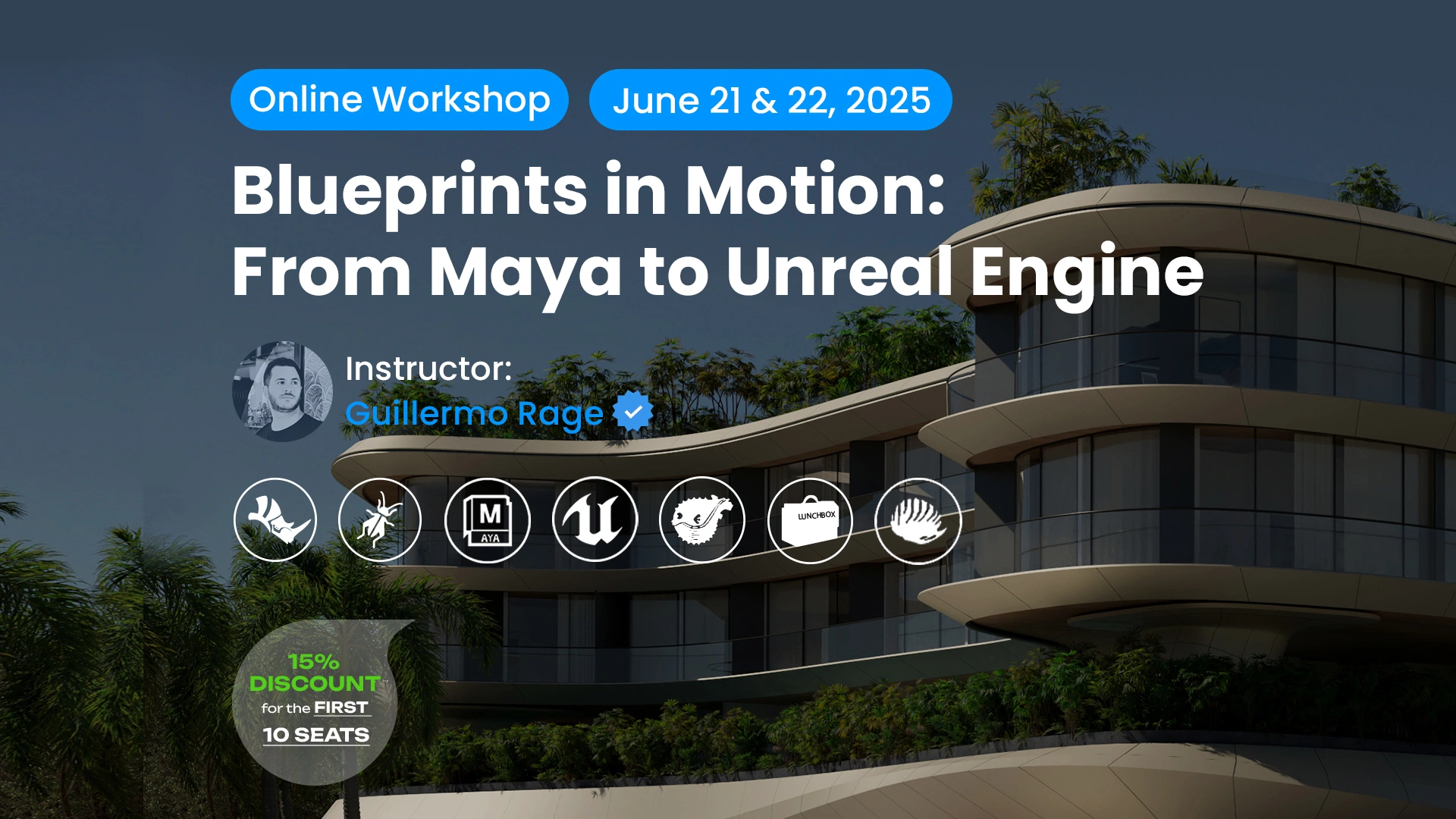



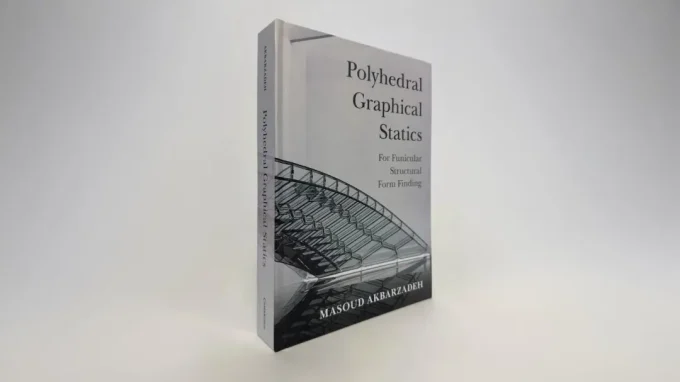







Leave a comment